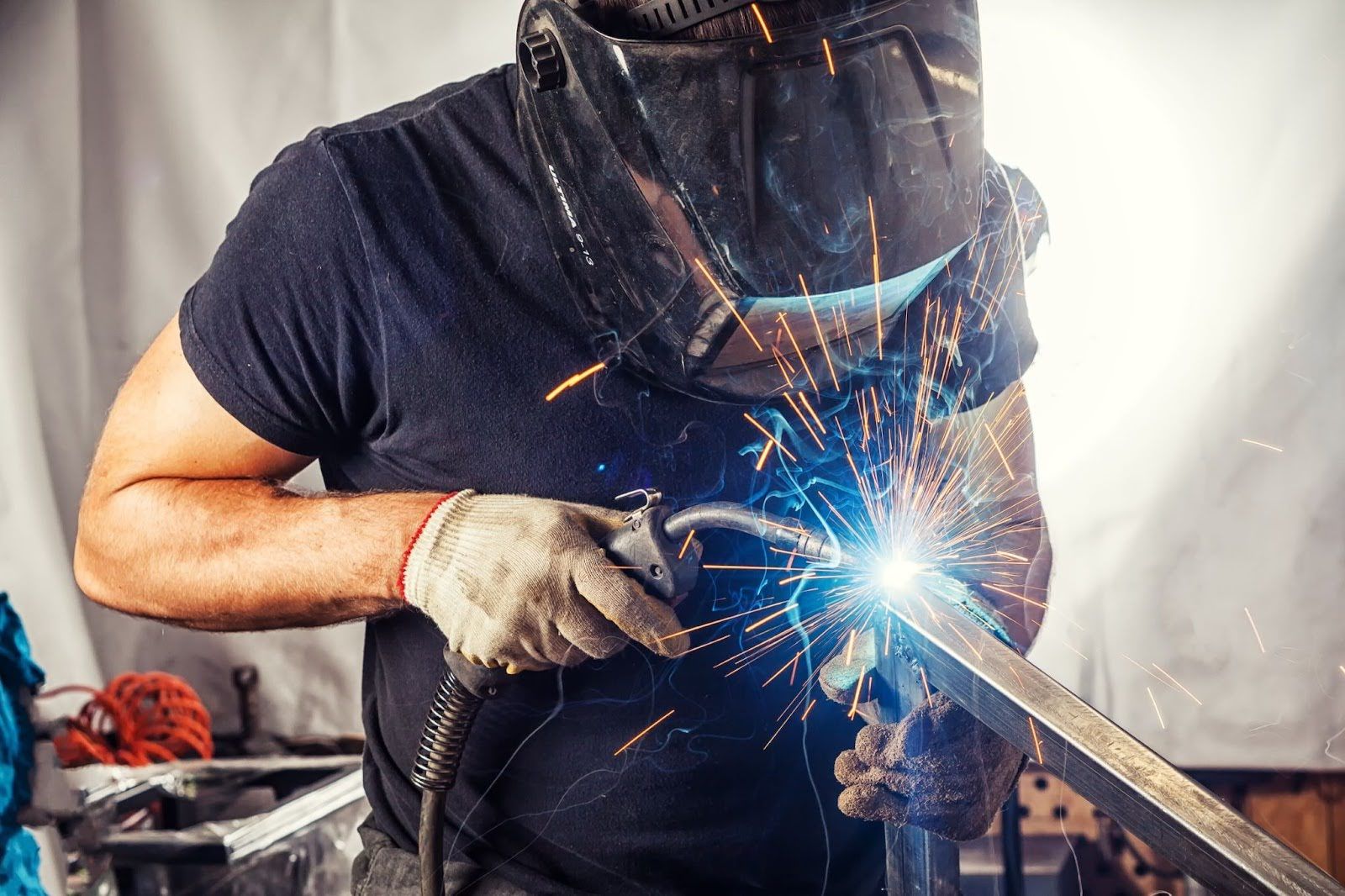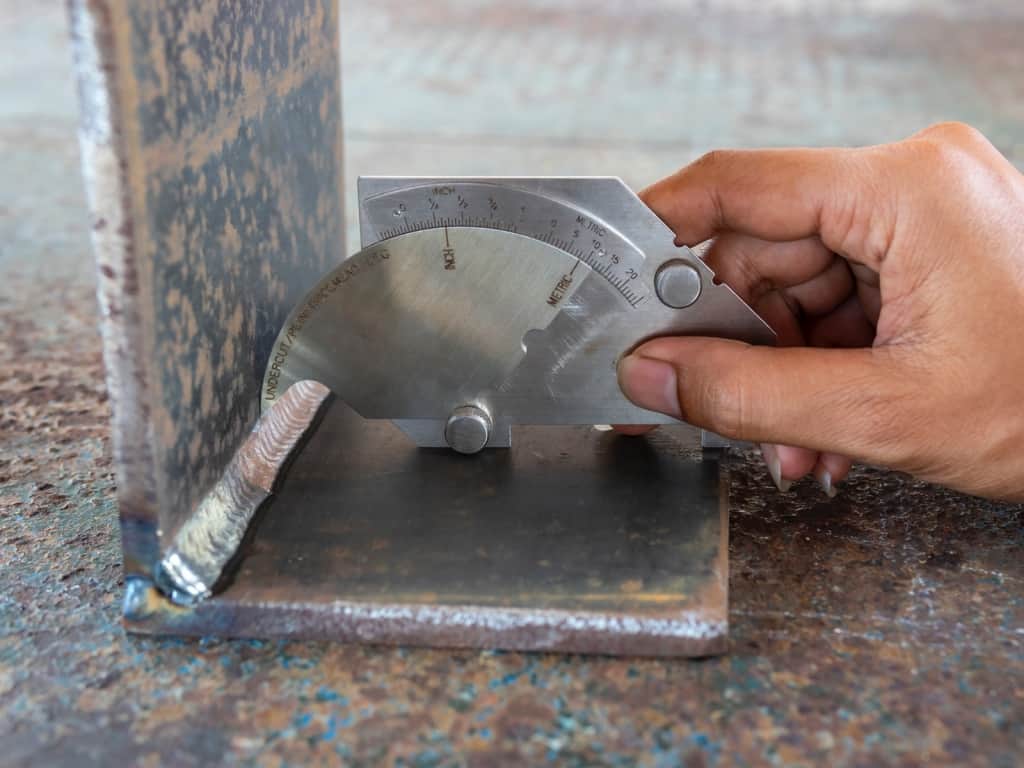Best Practices for Preventing Weld Undercut: Mastering the Basics
Best Practices for Preventing Weld Undercut: Mastering the Basics
Blog Article
Important Tips for Welders: Preventing Undercut Welding and Ensuring Stronger Weld Joints
In the realm of welding, attaining resilient and strong weld joints is the foundation of generating high-quality work. One usual obstacle that welders typically run into is undercut welding, which can endanger the stability of the weld joint.

Understanding Undercut Welding
Undercut welding is an usual welding flaw that happens when the weld metal falls short to correctly fill the groove and causes a groove-like anxiety along the weld grain. This defect damages the weld joint, making it vulnerable to cracking and failing under anxiety. Damaging can be caused by different aspects, consisting of excessive welding present, high welding speed, improper electrode angle, incorrect electrode dimension, and inadequate welding method.
Among the main reasons for undercut welding is an inequality in between the welding current and the welding speed. If the welding current is as well high or the welding speed is too fast, the weld metal might not sufficiently load the groove, causing undercutting. Furthermore, making use of an electrode that is too large can result in a similar outcome, as the excess steel can not effectively move right into the groove.
To stop undercut welding, welders must guarantee they are utilizing the appropriate welding parameters, keep a suitable electrode angle, pick the ideal electrode size, and technique proper welding strategies. By attending to these elements, welders can reduce the risk of undercutting and develop stronger, a lot more trusted weld joints.
Correct Welding Strategy
Efficient welding technique plays a crucial duty in making sure the high quality and integrity of weld joints. One fundamental facet of appropriate welding technique is keeping the right angle and distance in between the welding gun and the workpiece.
Additionally, a consistent and consistent hand activity is necessary for creating solid and resilient weld joints. Welders should go for smooth, uniform motions to guarantee also distribution of the weld product. Appropriate adjustment of the welding gun and filler product is likewise crucial to achieving ideal infiltration and combination.
Furthermore, managing the warmth input and picking the proper welding parameters based on the product being welded are important factors in accomplishing top quality welds - Preventing weld undercut. Welders ought to adhere to the recommended settings supplied by welding treatment specifications and change them as required based on the details requirements of the job. By understanding proper welding methods, welders can dramatically enhance the stamina and reliability of their weld joints
Choosing the Right Electrode
When considering the significance of selecting the right electrode in welding applications,Preserving the right angle and range in between the welding weapon and the work surface is basic. The selection of electrode plays a vital role in identifying the high quality and stamina of the weld joint. Electrodes are available in different types, each developed for certain objectives and products.
To start with, picking the ideal electrode size is crucial. Thinner electrodes are ideal for welding slim materials, while thicker electrodes are better for thicker materials and greater warmth applications. Matching the electrode size to the density of the workpiece helps accomplish a well balanced weld.
Second of all, recognizing the product make-up of the electrode is essential. Different electrodes are created for welding particular materials like steel, stainless steel, aluminum, or cast iron. Making use of the proper electrode product makes sure excellent blend and decreases the threat of flaws in the weld.
Finally, considering the welding position and strategy is crucial when choosing the electrode kind. Specific electrodes why not try these out are much better fit for upright or above welding positions, while others function well for flat or horizontal placements. Selecting the ideal electrode based on the welding strategy improves the overall weld high quality and integrity.
Preparing the Base Steel
To make sure a successful welding process, what preliminary steps should be taken when preparing the base steel for welding? Correctly preparing the base steel is important for achieving sturdy and strong weld joints. The initial step in preparing the base steel is to clean it completely to remove any kind of pollutants such as corrosion, oil, paint, or dirt. This can be done utilizing a cord brush, mill, or chemical solvents. Furthermore, any type of existing weld material or deposit from previous welding should be gotten rid of to ensure a tidy surface area for the new weld.

Conducting Post-Weld Examinations

After performing these analyses, welders need to compare the results versus market requirements and task requirements to ensure that the weld joint fulfills all needed requirements. Any inadequacies or deviations uncovered during the post-weld evaluation ought to be quickly addressed via proper restorative measures to assure the weld's stability. By vigilantly performing post-weld examinations and promptly resolving any type of issues, welders can promote the high quality and reliability of their job, eventually adding to the security and durability of the welded frameworks.
Conclusion

In final thought, avoiding undercut welding and making certain stronger weld joints call for a combination of correct welding method, choosing the ideal electrode, preparing the base metal properly, and conducting post-weld assessments. By understanding the reasons for undercut welding and implementing the needed preventative measures, welders can generate top notch weld joints that meet market criteria and guarantee the architectural honesty of the welded elements.
Undercut welding is an usual welding problem that happens when the weld steel fails to correctly load the groove and results in a groove-like depression along the weld bead (Preventing weld undercut). Undercutting can be created by numerous factors, including excessive welding present, high welding rate, inappropriate electrode angle, incorrect electrode size, and bad welding strategy
One of the major reasons for undercut welding is a discrepancy between the welding present and the welding speed. If the welding current is as well high or the welding rate is also quickly, the weld metal may not sufficiently load the groove, leading to damaging.Preserving the right angle and range in between the welding weapon and the work surface is basic when considering the importance of choosing the best electrode in welding applications.
Report this page